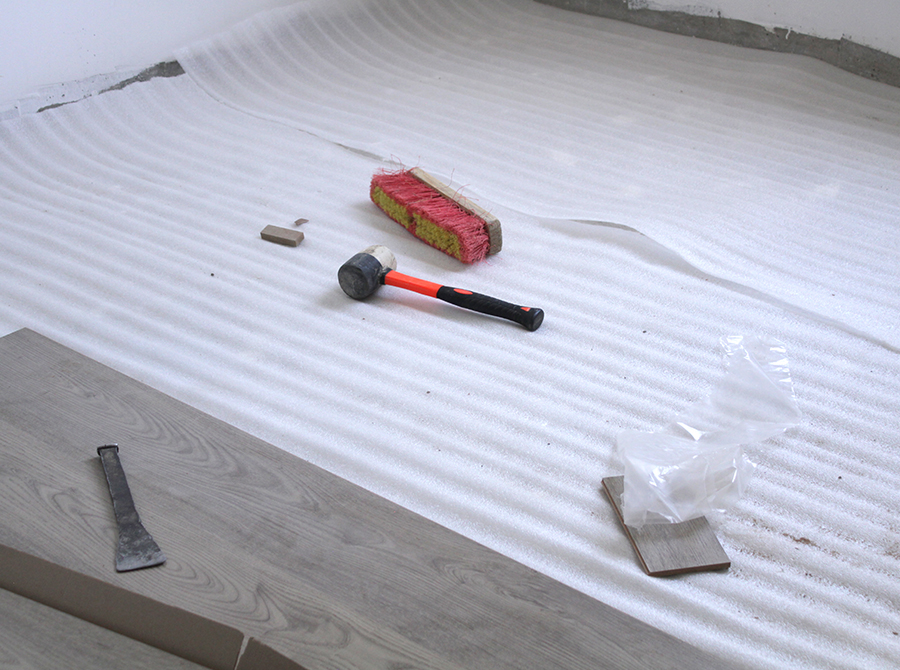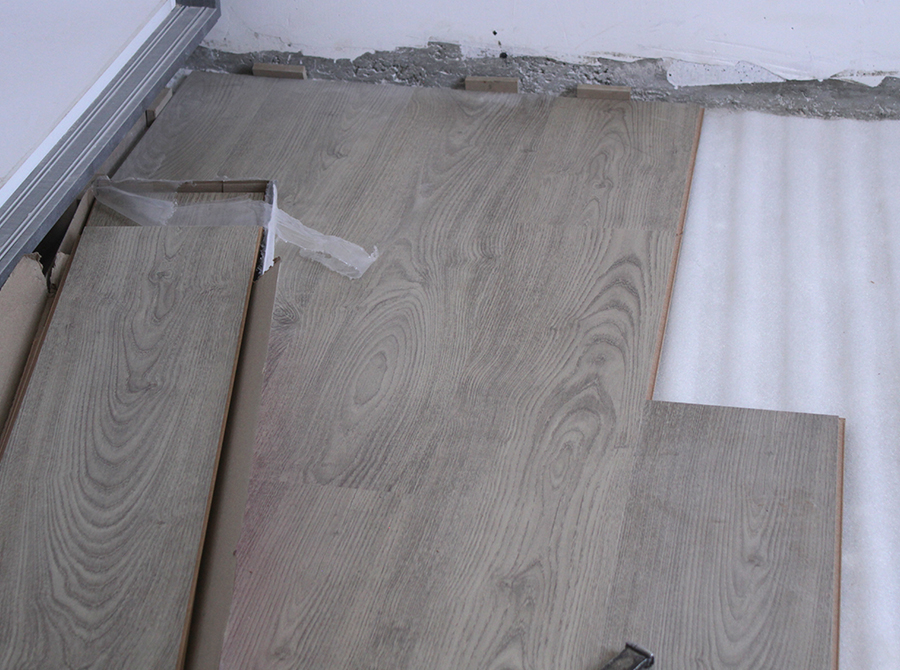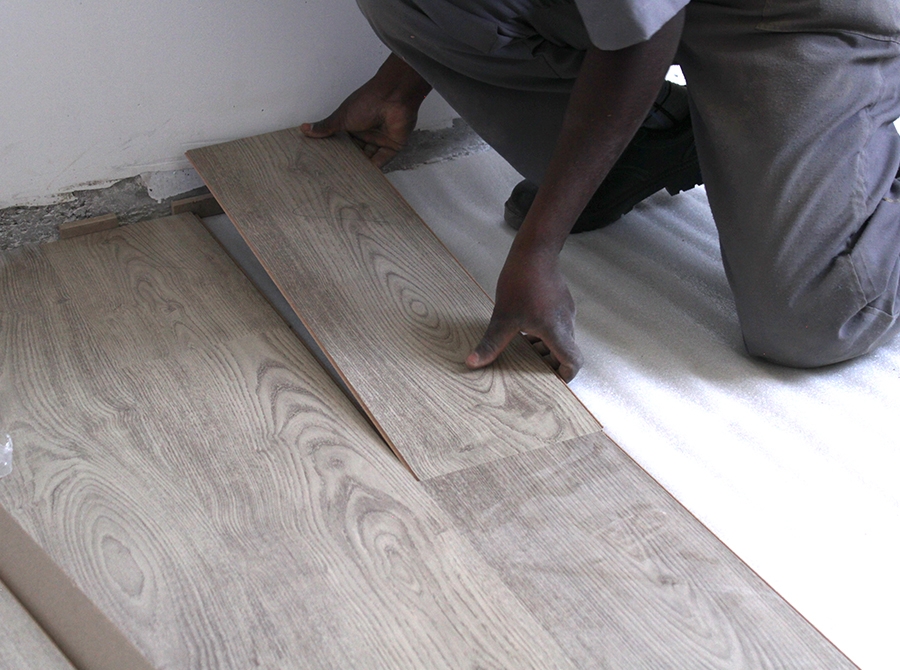Floor Underlay
This material is meant to provide an additional layer of insulation to the floor, which helps to reduce heat loss and improve energy efficiency. It also provides a sound barrier, helping to reduce noise between floors.
There are several benefits to using floor underlay insulation material. Firstly, it can help to reduce energy bills by improving energy efficiency. This is because the insulation material helps to trap heat within the building, reducing the amount of energy needed to heat the space. Secondly, it can improve the comfort levels of a building by reducing the amount of cold air that enters the building through the floor. This can help to create a more comfortable living environment, particularly in colder climates. Thirdly, it can provide a sound barrier, helping to reduce noise between floors. This can be particularly beneficial in multi-occupancy buildings where noise can be a problem.
There are some potential drawbacks or limitations to using floor underlay insulation material. Firstly, it can be more expensive than alternative materials, such as carpet or hardwood flooring. This can make it a less attractive option for those on a tight budget. Secondly, it can add an additional layer of height to the floor, which may not be suitable for some buildings with low ceilings. Finally, the installation process can be more complex than installing traditional flooring materials, which may require the use of a professional installer.
Overall, the benefits of using floor underlay insulation material outweigh the potential drawbacks. By providing an additional layer of insulation and a sound barrier, it can help to improve energy efficiency, comfort levels, and reduce noise between floors. While it may be more expensive and require professional installation, it is a worthwhile investment for those looking to improve the energy efficiency and comfort levels of their building.
Types of floor underlay insulation materials
-
Polyethylene foam – This type of floor underlay insulation material is made from closed-cell foam that offers excellent thermal and acoustic insulation properties. It is lightweight, easy to install, and can be used in a variety of flooring applications.
-
Cork – Cork is a natural material that is often used as a floor underlay insulation material. It is an eco-friendly option that offers excellent acoustic and thermal insulation properties. Cork is also flexible, durable, and resistant to moisture and mold.
-
Rubber – Rubber floor underlay insulation material is made from recycled tires and offers excellent acoustic and thermal insulation properties. It is durable, easy to install, and is available in a range of thicknesses and densities.
-
Fiberglass – Fiberglass is a commonly used floor underlay insulation material that is made from fine glass fibers. It is lightweight, easy to install, and offers excellent thermal insulation properties. Fiberglass is also fire-resistant and mold-resistant.
-
Polystyrene – Polystyrene foam is a type of floor underlay insulation material that is made from expanded polystyrene beads. It is lightweight, easy to install, and offers excellent thermal insulation properties. Polystyrene foam is also waterproof and resistant to mold and mildew.




